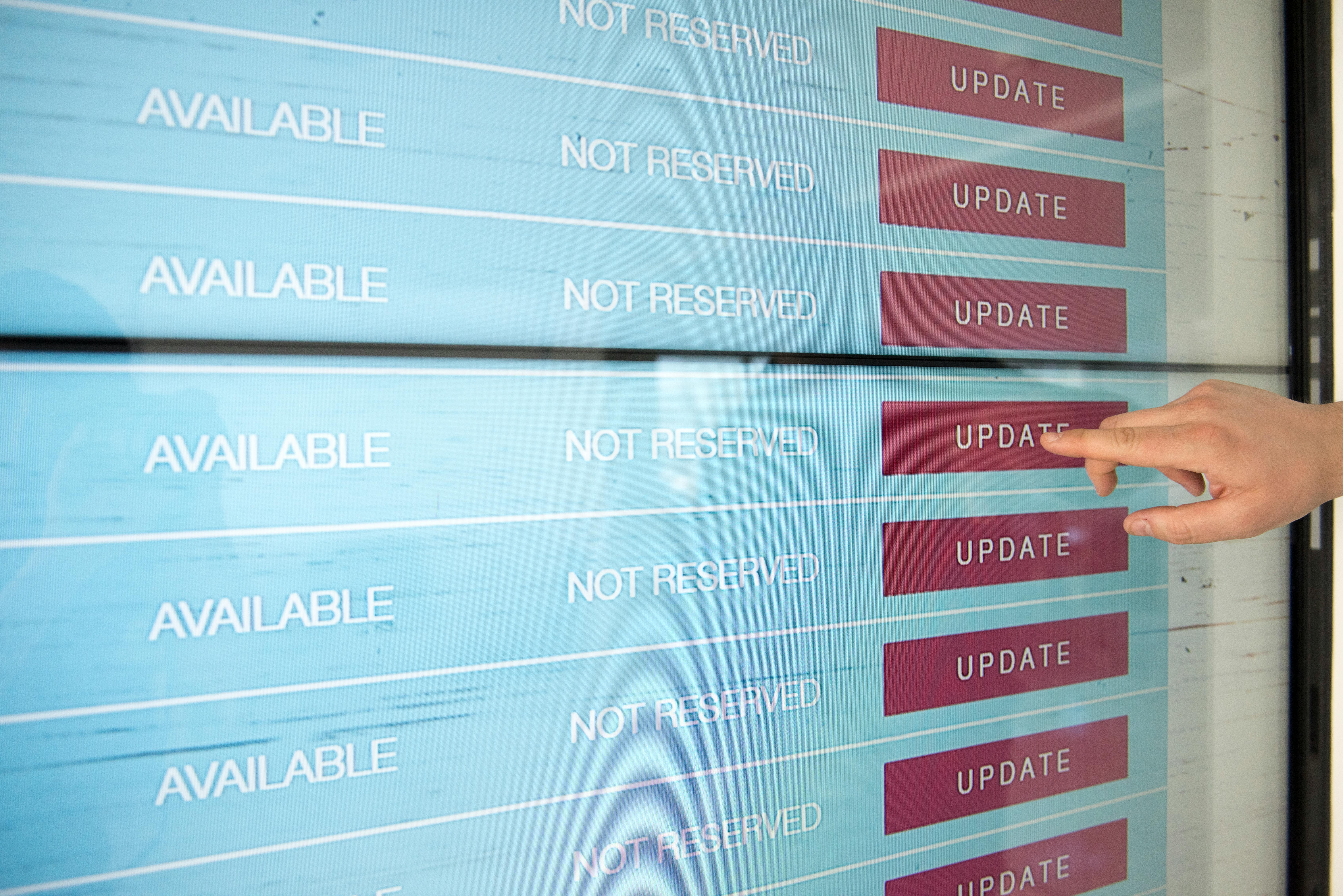Enhancing User Experience: Optimizing User Interface Design for Test Site Course
Enhancing User Experience: Optimizing User Interface Design for Test Site Course
User experience plays a crucial role in the success of any website or application. A well-designed user interface can greatly enhance the overall user experience and satisfaction. In the case of a Test Site Course, where users are engaging with an e-learning platform, it becomes even more important to optimize the user interface design to ensure effective learning and engagement.Introduction
Before diving into the optimization process, it is essential to have a clear understanding of the target users. Identifying their needs, goals, preferences, and limitations will provide valuable insights for designing a user interface that caters to their specific requirements. Conducting user research, interviews, and usability tests can help gather this information effectively.Understanding the User
One of the key aspects of optimizing the user interface for a Test Site Course is streamlining the navigation. The interface should be intuitive and easy to navigate, allowing users to quickly find the desired content or functionality. Clear and concise navigation menus, breadcrumbs, and logical information architecture can greatly enhance the user experience, ensuring users can navigate through the course effortlessly.Streamlining Navigation
Consistency is essential in user interface design, especially for an e-learning platform like Test Site Course. By maintaining consistent visual elements, such as typography, colors, and button styles, users can quickly understand and familiarize themselves with the interface. Additionally, establishing a clear visual hierarchy with proper use of headings, subheadings, and visual cues can guide users' attention and make the content more scannable and digestible.Consistency and Visual Hierarchy
In today's digital landscape, users access websites and applications from various devices, including desktops, laptops, tablets, and smartphones. Optimizing the Test Site Course user interface for responsiveness ensures a consistent experience across different devices. By using responsive design techniques and frameworks, the interface can adapt and adjust its layout and functionality based on the device, providing an optimal user experience regardless of the screen size.Responsive Design for Multiple Devices
A Test Site Course can benefit greatly from incorporating multimedia elements, such as videos, images, and interactive quizzes. These elements not only make the learning experience more engaging but also facilitate better knowledge retention. However, it is crucial to balance the use of multimedia to avoid overwhelming the user. Implementing features like progress trackers, completion badges, and personalized recommendations can further enhance the interactive nature of the course.Incorporating Multimedia and Interactivity
Inclusivity is a vital aspect of user interface design. Considering accessibility guidelines and creating an interface that is usable by all individuals, including those with disabilities, is of utmost importance. Incorporating features like alternative text for images, keyboard navigation, and high contrast options ensures that all users can access and navigate the Test Site Course interface easily.Accessibility and Usability
Optimizing the user interface design for a Test Site Course is crucial to enhance the overall learning experience and engagement. By understanding the users, streamlining navigation, maintaining consistency, incorporating multimedia, and considering accessibility, the interface can be tailored to meet the specific needs and preferences of the learners. A well-designed interface not only promotes effective learning but also fosters user satisfaction and success.Conclusion



